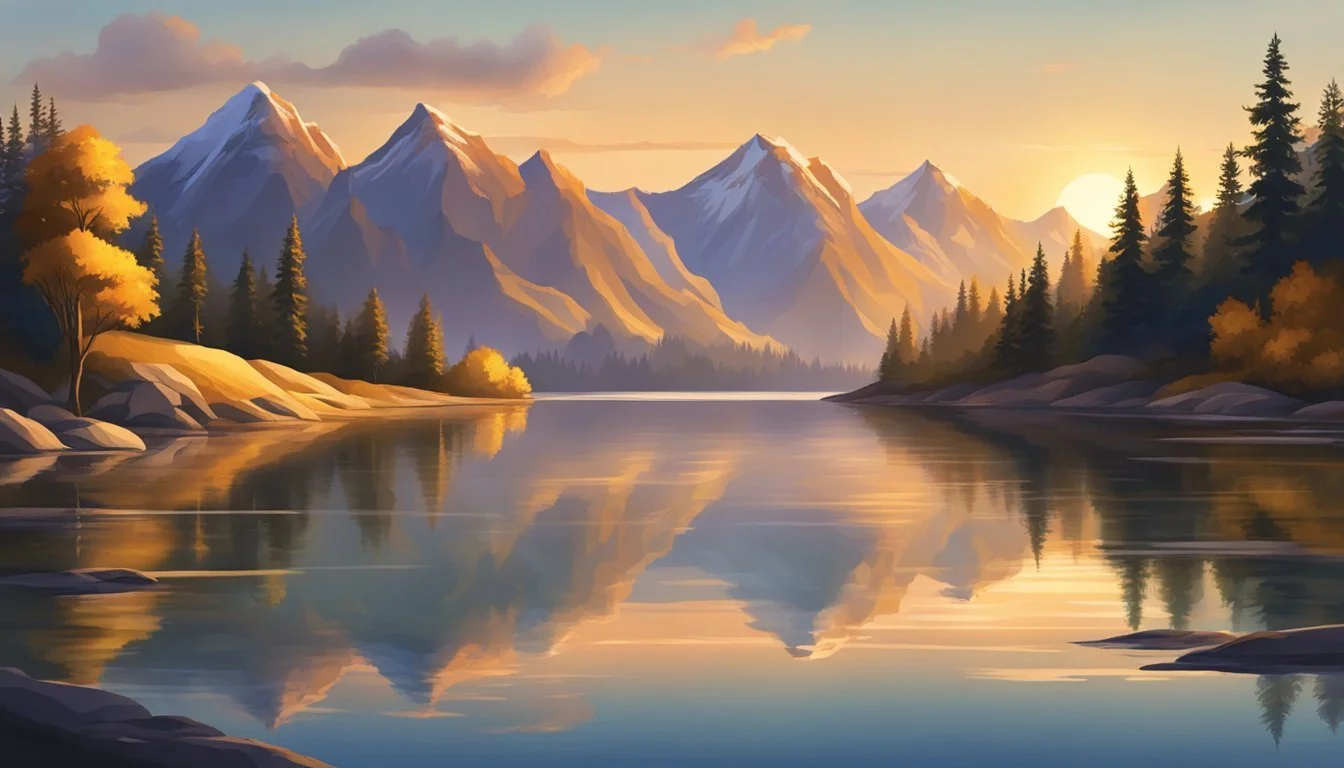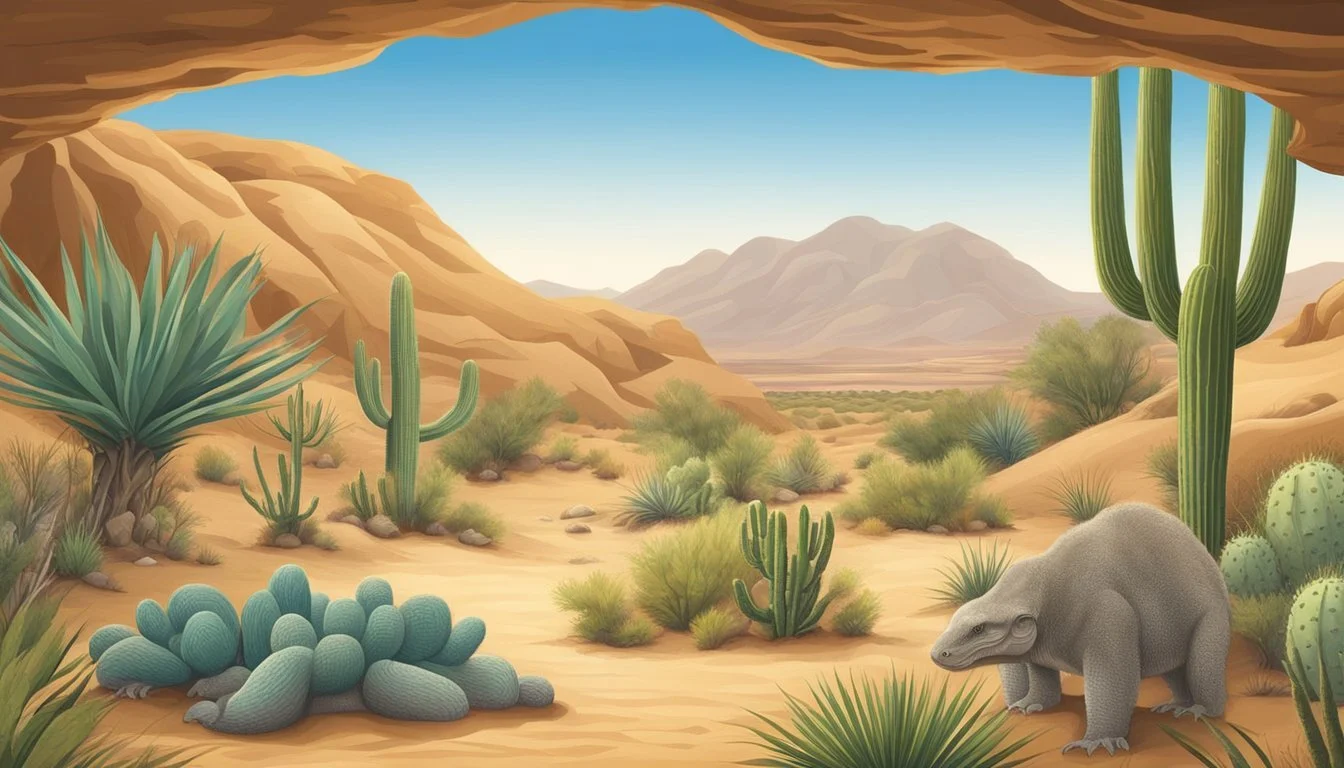Top Documentaries of 1956
Groundbreaking Films That Shaped the Genre
The year 1956 marked a significant period in the history of documentary filmmaking. Documentaries produced during this time captured the social, political, and cultural landscape of the mid-1950s, offering viewers unique insights into real-world events and issues.
Documentaries from 1956 covered a wide range of subjects, from nature and wildlife to social commentary and scientific exploration. These films employed various storytelling techniques and filming styles to engage audiences and shed light on important topics of the era. Many of these documentaries continue to be regarded as influential works in the genre, appreciated for their historical value and artistic merit.
1) The Silent World (1956)
The Silent World is a groundbreaking French documentary film co-directed by renowned oceanographer Jacques-Yves Cousteau and Louis Malle. It explores underwater habitats and marine life in various locations around the globe.
The film showcases pioneering underwater cinematography, capturing never-before-seen footage of aquatic ecosystems. Cousteau and his team use innovative diving equipment to venture deeper into the ocean than previous expeditions.
The Silent World received critical acclaim and commercial success upon its release. It won the Palme d'Or at the 1956 Cannes Film Festival, becoming the first documentary to receive this prestigious award.
The film's impact extended beyond the cinema, inspiring a generation of marine enthusiasts and conservationists. It brought the wonders of the underwater world to mainstream audiences, fostering greater appreciation for marine ecosystems.
Based on Cousteau's best-selling book of the same name, The Silent World helped establish him as a leading figure in oceanography and environmental advocacy. The film's legacy continues to influence nature documentaries and underwater filmmaking to this day.
More information on The Silent World
2) Night and Fog (1956)
Night and Fog, directed by Alain Resnais, is a powerful documentary that explores the horrors of Nazi concentration camps. The film combines archival footage with contemporary shots of abandoned camp grounds to create a haunting portrayal of the Holocaust.
Resnais collaborated with Jean Cayrol, a concentration camp survivor, to craft the film's poignant narration. This partnership lends an authentic voice to the documentary, enhancing its emotional impact.
The film's unflinching approach to its subject matter sparked controversy upon release. It faced censorship attempts due to its graphic content and critical stance on the atrocities committed during World War II.
Night and Fog stands out for its innovative approach to documentary filmmaking. Resnais blends past and present, using color footage of empty camps alongside stark black-and-white historical images.
The documentary serves as a stark reminder of the Holocaust's brutality and the importance of remembering these events. Its influence extends beyond its time, continuing to be recognized as a seminal work in the genre.
More information on Night and Fog
3) On the Bowery
On the Bowery (1956) stands as a groundbreaking documentary that blends scripted elements with real-life footage. Directed by Lionel Rogosin, the film offers a raw and unflinching look at life on New York City's infamous Bowery.
The film focuses on three alcoholic men, providing an intimate portrayal of their struggles and daily lives. Ray Salyer, a railroad worker who drifts into the Bowery scene, serves as the central figure in this gritty narrative.
Rogosin's innovative approach to filmmaking earned On the Bowery critical acclaim. The documentary received an Academy Award nomination for Best Documentary Feature, cementing its place in cinematic history.
The film's stark depiction of post-World War II urban poverty resonated with audiences and filmmakers alike. It influenced future independent directors, including John Cassavetes, and helped pave the way for more realistic portrayals in American cinema.
On the Bowery remains a powerful testament to the human condition and a significant work in the documentary genre. Its unflinching realism and compassionate portrayal of its subjects continue to captivate viewers decades after its release.
4) Where Mountains Float
"Where Mountains Float" (1955) is a compelling Danish documentary directed by Bjarne Henning-Jensen. The film offers a glimpse into the life of a 10-year-old boy named Mikisoq, who lives in a remote settlement on Greenland's west coast.
The documentary showcases the stark beauty of Greenland's landscape and the traditional way of life in the Arctic. It captures the daily routines and challenges faced by Mikisoq and his family in this harsh environment.
Henning-Jensen's work received critical acclaim, earning a nomination for the Academy Award for Best Documentary Feature. The film also won the prestigious Bodil Award for Best Documentary in Denmark.
"Where Mountains Float" stands out for its authentic portrayal of Inuit culture and the delicate balance between human life and nature in the Arctic. The cinematography captures the majestic icebergs and vast landscapes that give the film its evocative title.
This documentary remains a significant work in Danish cinema, offering viewers a rare and intimate look at life in one of the world's most remote regions. More information
5) Samsara: Death and Rebirth in Cambodia (1989)
"Samsara: Death and Rebirth in Cambodia" is a short documentary film directed by Ellen Bruno. It explores the aftermath of the Khmer Rouge regime in Cambodia and the country's efforts to rebuild.
The film was created as Bruno's master's thesis project at Stanford University. It offers a poignant look at Cambodian society in the late 1980s, after the fall of Pol Pot's brutal regime.
Through interviews and observations, the documentary captures the struggles and resilience of Cambodians as they attempt to reconstruct their lives and communities. It provides insight into the lasting impacts of genocide and the challenges of national recovery.
"Samsara" gained recognition for its powerful portrayal of post-conflict Cambodia. In 2012, the Library of Congress selected it for preservation in the United States National Film Registry, acknowledging its cultural and historical significance.
The film's title refers to the Buddhist concept of the cycle of death and rebirth, reflecting the theme of Cambodia's renewal after a period of immense suffering.
6) Secrets of Nature
Secrets of Life (1956) offered viewers a captivating glimpse into the hidden world of nature. Directed by James Algar for Walt Disney Productions, this documentary explored the intricacies of plant and animal life.
The film showcased groundbreaking cinematography techniques, including time-lapse photography. This allowed audiences to witness processes like plant growth and flower blooming in accelerated time.
Secrets of Life delved into various ecosystems, from lush forests to coral reefs. It highlighted the complex relationships between different species and their environments.
The documentary paid special attention to insects, featuring remarkable footage of ants and bees. These segments revealed the intricate social structures and behaviors of these tiny creatures.
Narrated by Winston Hibler, Secrets of Life combined educational content with entertainment. It was part of Disney's True-Life Adventures series, which aimed to bring nature to the big screen in an accessible format.
More information on Secrets of Life (1956)
7) Trapeze Disrobing Act
"Trapeze Disrobing Act" is a short silent film produced in 1901, not a documentary from 1956. It features aerialist Laverie Vallee, known professionally as Charmion, performing a risqué trapeze act.
The film shows Charmion on a trapeze, gradually removing items of clothing while executing acrobatic maneuvers. Two men in the audience react with excitement as she throws her discarded garments to them.
Directed by Thomas Edison, this early example of erotic cinema pushed boundaries for its time. The film's provocative content reflects the vaudeville and burlesque entertainment popular in that era.
Despite its brief runtime, "Trapeze Disrobing Act" captures a unique moment in early film history. It showcases the intersection of circus arts, burlesque performance, and emerging cinema technology.
More information on early Edison films
8) The Living Desert
The Living Desert (1953) captivated audiences with its stunning portrayal of desert wildlife. This groundbreaking nature documentary showcased the hidden wonders of the Southwestern United States desert ecosystems.
Directed by James Algar and narrated by Winston Hibler, the film revealed the intricate lives of desert creatures. It featured remarkable scenes of animal behavior, including battles between hawks and rattlesnakes, and bobcat encounters with wild pigs.
The documentary's vivid Technicolor cinematography brought the harsh yet beautiful desert landscape to life. It captured the delicate balance of survival in an environment often perceived as barren and lifeless.
The Living Desert's innovative approach to nature filmmaking earned it critical acclaim. It won the Academy Award for Best Documentary Feature in 1953, solidifying its place in cinematic history.
The film's success paved the way for future nature documentaries. It demonstrated the public's appetite for intimate glimpses into the natural world, influencing wildlife filmmaking for decades to come.
More information on The Living Desert
9) A City Decides (1956)
A City Decides is a compelling documentary short film directed by Charles Guggenheim. The film chronicles the racial integration of St. Louis public schools following the landmark 1954 Brown v. Board of Education decision.
Running for 28 minutes, A City Decides combines documentary footage with dramatized sequences to portray the events surrounding school integration. It offers a unique glimpse into a pivotal moment in American civil rights history.
The film garnered critical acclaim and was nominated for an Academy Award for Best Documentary Short Subject in 1956. This recognition highlighted its importance in documenting social change.
Produced by Charles Guggenheim & Associates, A City Decides showcases Guggenheim's skill in tackling complex social issues through film. It remains a valuable historical record of desegregation efforts in mid-20th century America.
The documentary's preservation by the Library of Congress underscores its enduring significance as a chronicle of this crucial period in American education and race relations.
Learn more about A City Decides on Wikipedia
10) Song of Ceylon (1934)
"Song of Ceylon" is a groundbreaking documentary directed by Basil Wright and produced by John Grierson. The film offers a poetic portrayal of life in Ceylon, now known as Sri Lanka.
Commissioned by the Ceylon Tea Propaganda Board, the documentary showcases the island's culture, religious customs, and daily life. Wright's innovative approach blends traditional documentary techniques with experimental elements.
The film is divided into four distinct parts, each exploring different aspects of Ceylonese society. It captures stunning visuals of landscapes, religious rituals, and everyday activities of the local population.
"Song of Ceylon" is notable for its creative use of sound, incorporating both natural recordings and avant-garde audio techniques. This innovative approach to sound design was pioneering for its time.
Despite being created as a promotional tool for the tea industry, the film transcends its original purpose. It offers a nuanced and respectful portrayal of Ceylonese culture, setting it apart from many contemporary colonial documentaries.
More information on "Song of Ceylon"
Cultural Impact of 1956 Documentaries
Documentaries from 1956 shaped public understanding of major events and social issues. They influenced societal perspectives and provided insight into global affairs during a pivotal historical period.
Influence on Society
Documentaries in 1956 brought important social and political topics to the forefront of public discourse. Films covering the Hungarian Revolution, like "The Hungarian Uprising," exposed audiences to the realities of Soviet oppression. These works fostered empathy and raised awareness about struggles for freedom behind the Iron Curtain.
Some documentaries tackled domestic issues, sparking conversations about civil rights, poverty, and social inequality in Western nations. By presenting unfiltered views of societal problems, filmmakers encouraged viewers to critically examine their communities and values.
The accessibility of documentary films in 1956 allowed a broader audience to engage with complex topics. This democratization of information contributed to a more informed and socially conscious public.
Reflections on Global Events
1956 documentaries offered unique perspectives on international affairs during a tense period of the Cold War. Films covering the Suez Crisis provided context for the complex geopolitical landscape of the Middle East. These works helped viewers grasp the nuances of global power dynamics and decolonization.
Documentaries exploring scientific advancements, like early space exploration efforts, captured the era's sense of progress and competition between world powers. They fueled public interest in technology and scientific research.
Cultural documentaries showcasing art, music, and traditions from various countries promoted cross-cultural understanding. These films broadened viewers' horizons and challenged preconceptions about different societies.
Notable Filmmakers of 1956
1956 saw several filmmakers push the boundaries of documentary cinema with innovative techniques and influential contributions. Their work shaped the genre and left a lasting impact on the field.
Innovative Storytelling Techniques
The Free Cinema movement emerged in 1956, showcasing new approaches to documentary filmmaking. Lindsay Anderson, Karel Reisz, and Tony Richardson pioneered a style that emphasized everyday life and working-class subjects. They used handheld cameras and natural lighting to capture authentic moments.
John Grierson continued to influence the genre with his emphasis on social issues and poetic realism. His protégé Norman McLaren experimented with animation techniques in documentaries, blending art and reality in unique ways.
Contributions to Documentary Cinema
Robert Drew developed lightweight camera equipment that allowed for more intimate and mobile filming. This technical innovation paved the way for the cinéma vérité movement in the following years.
Bert Haanstra gained international recognition for his short film "Glass," which won an Academy Award. His creative editing techniques and focus on industrial processes brought a fresh perspective to documentary subjects.
French filmmaker Alain Resnais explored memory and trauma in his groundbreaking documentary "Night and Fog," setting new standards for addressing difficult historical topics.







